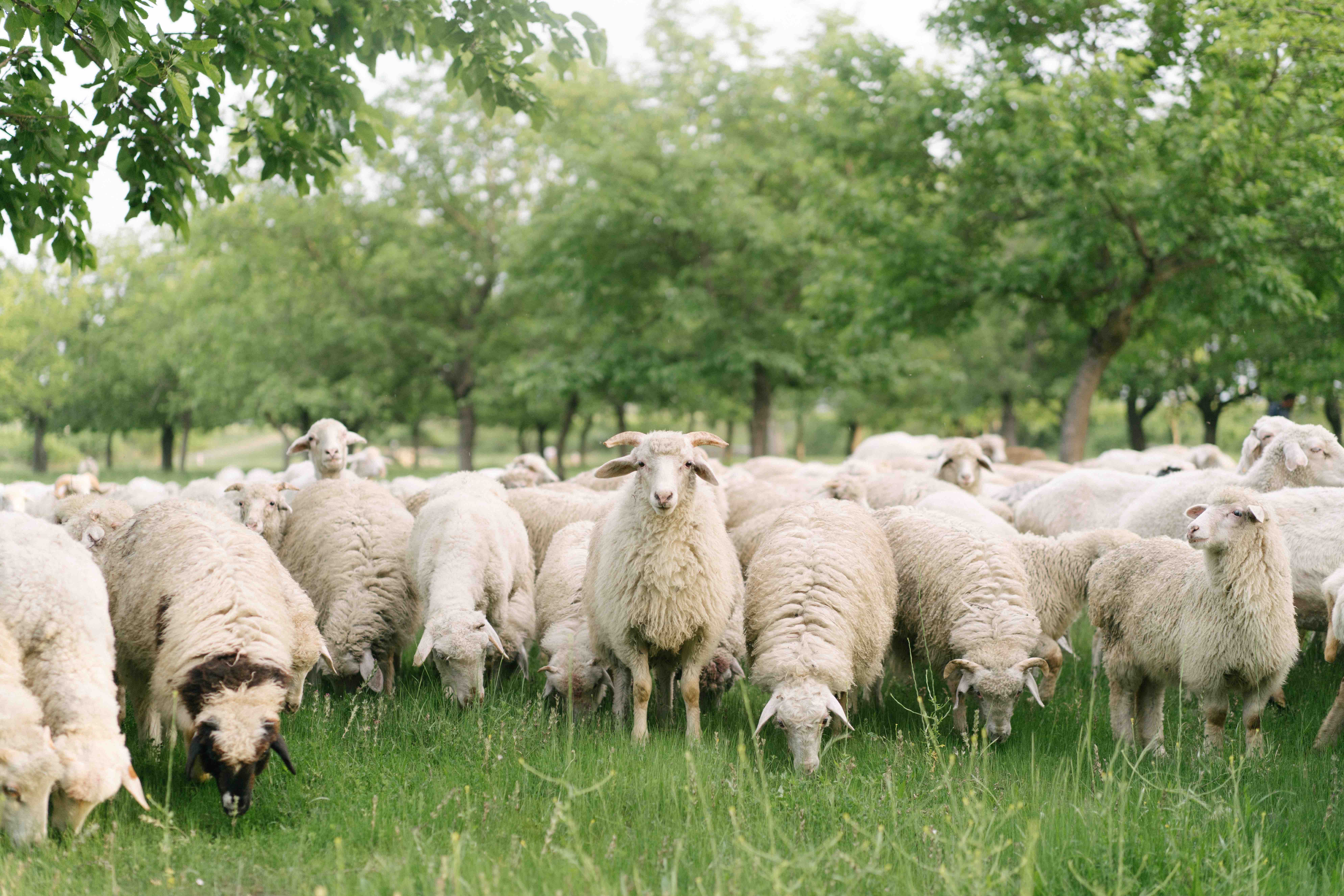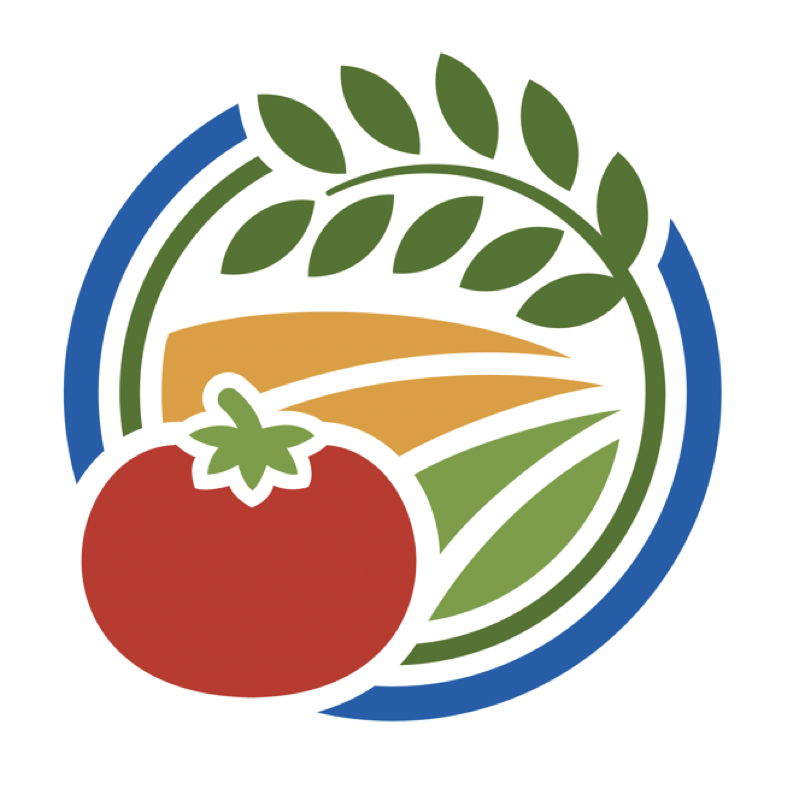The National Organic Program (NOP) Rule has helped to confer both clarity and legitimacy to the meaning of the term “certified organic.” Both organic producers and the agricultural professionals who serve their needs now have a clear, consistent standard of identity that is backed by the Federal government. As the number of organic farmers and ranchers continues to increase and acreage in certified organic production expands in the Western Region, more Cooperative Extension professionals and federal agency field personnel are being asked questions related to certified organic production practices, particularly with regard to allowable materials, and certification rules and procedures.
This manual includes materials for use by agricultural professionals interested in what methods, materials, and practices are compatible and consistent with organic standards. Materials were assembled from the most current national, regional, and local sources.
Our objectives with this manual are to:
- provide Western region extension personnel and federal and state agricultural professionals a clear understanding of effective practices, materials, and processes that comply with organic standards.
- give Western region agricultural professionals access to expertise and informational resources on organic farming that will enable them to stay current on the most effective organic practices and materials.
- enable Western region extension personnel to adequately answer questions from their clientele regarding effective practices that meet organic standards.
The extension service is an appropriate provider of such advice and recommendations, and has this as part of its core mission. However, to do so, farm advisors, county agents, and other agency personnel need to become familiar with the standards and practices that organic producers must meet, as well as the best sources of information to handle on-going requests.
This manual was adapted from a binder of materials developed for a workshop on organic farming held in February, 2004, in McMinnville, Oregon. The online version is organized in 7 major sections, found below.
The resources in each section include original papers developed as part of this project, as well as publications available from other Web sites. All are aimed at helping agricultural professionals understand the fundamentals of organic agriculture and provide advice that enables producers to meet the organic standards. We have provided what is to the best of our knowledge the most current information regarding compliance with the NOP Rule.
Questions from a producer regarding organic certification compliance -- particularly with respect to the use of materials and methods -- should always be directed to the certifier of that producer’s operation. Final production and marketing decisions are the individual producer’s responsibility. This manual can help Western extension professionals assist producers to make such decisions.
Editors:
Brian Baker
Organic Materials Review Institute
Eugene, OR
David Granatstein
Washington State University Center for Sustaining Agriculture and Natural Resources
Pullman, WA
Laura Morrison
Organic Materials Review Institute
Eugene, OR
Alex Stone
Oregon State University Horticulture Department
Corvallis, OR
Sean L. Swezey
University of California Center for Agroecology and Sustainable Food Systems
Santa Cruz, CA
David Chaney
University of California Sustainable Agriculture Research and Education Program
Davis, CA

